
13 March 1974: First flight, Bell Model 214A… Test pilot Louis William Hartwig, co-pilot Bob E. Miller, flight test engineer Ron Magnusson.
The Bell 214A was developed from the prototype Bell 214 Huey Plus (which first flew in October 1970 and was powered by a 1,900-shaft horsepower Lycoming T53-L-702 turboshaft engine) for Imperial Iranian Army Aviation. Bell built three prototype 214As, powered by the Lycoming T55-L7C (2,050 shaft horsepower). One of these was shipped to Iran in August 1972 for evaluation.
The production 214A was powered by the Lycoming LTC4B-8D turboshaft, rated at 2,930 shaft horsepower.
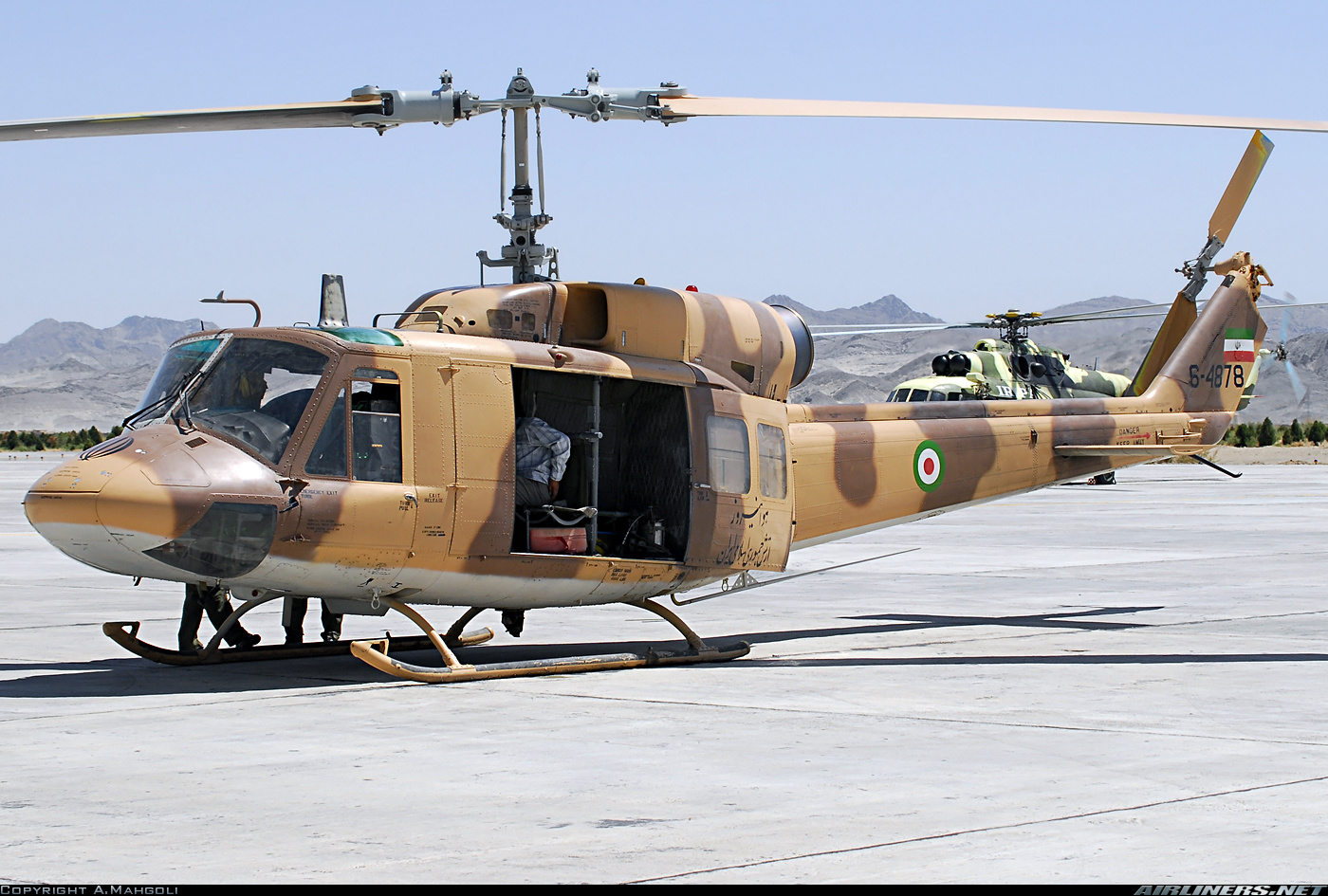
Iran ordered 287 Bell 214As. Iran named the Bell 214, “Isfahan,” after a city in Iran where it was planned to build a Bell helicopter production facility to produce additional 214A/Cs, and as many as 350 of the stretched twin-engine Bell 214STs.
The first production BH 214A, 6-4561 (Bell serial number 27004), was built in Texas and delivered in Iran on 26 April 1975. Three days later, flown by Major General Manucheher Khosrowdad, IIAA, and Bell assistant chief production test pilot Clem A. Bailey, 6-4561 set five FAI world records for time to height and altitude. The Bell 214A climbed to a height of 3,000 meters (9,842.52 feet) in 1 minute, 58 seconds; ¹ 6,000 meters (19,685.04 feet) in 5 minutes, 14 seconds; ² and 9,000 meters (29,527.56 feet) in 15 minutes, 5 seconds; ³ The helicopter reached a peak altitude of 9,071 meters (29,760.5 feet), setting a record for altitude without payload.⁴ It was able to maintain an altitude of 9,010 meters (29,560.4 feet) in horizontal flight.⁵
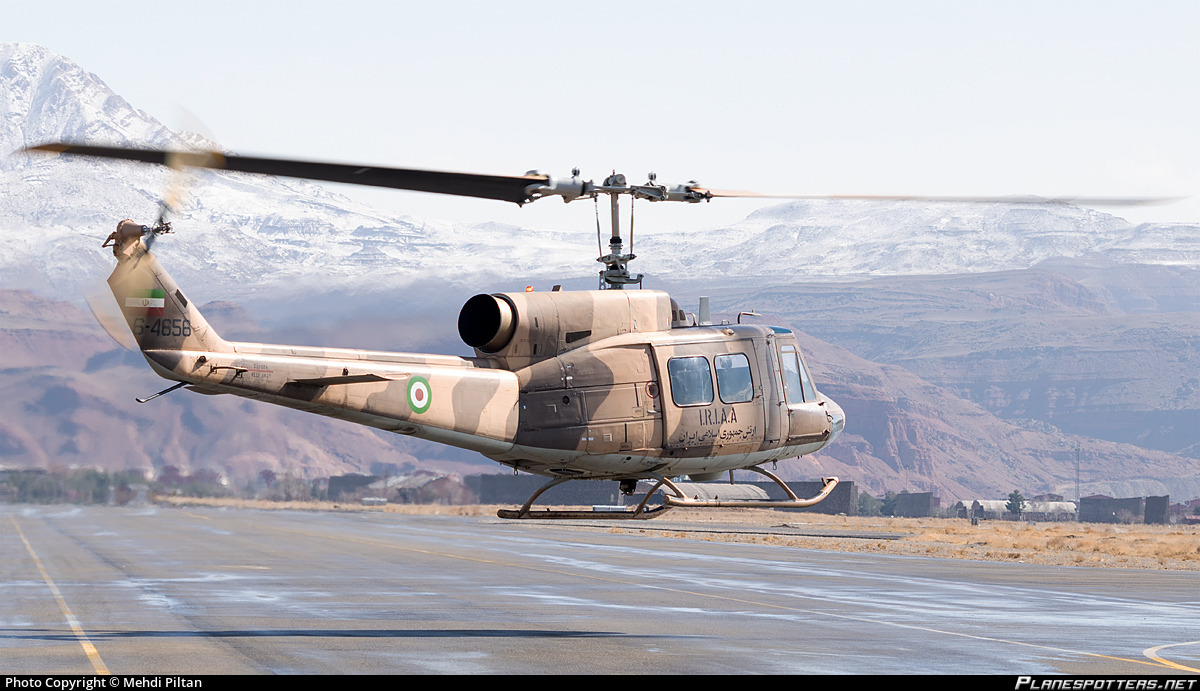
Because of the Iranian revolution of 1978–1979, the Isfahan facility was never built. All of the BH 214A/Cs and BH 214STs for Iran were built in Texas. Santions against the Iran regime have prevented any spare parts for these helicopters being delivered to Iran, but it is believed that that country has produced counterfeit parts. It is not known how many of these helicopters remain in service, but a 2018 estimate suggested just 22.
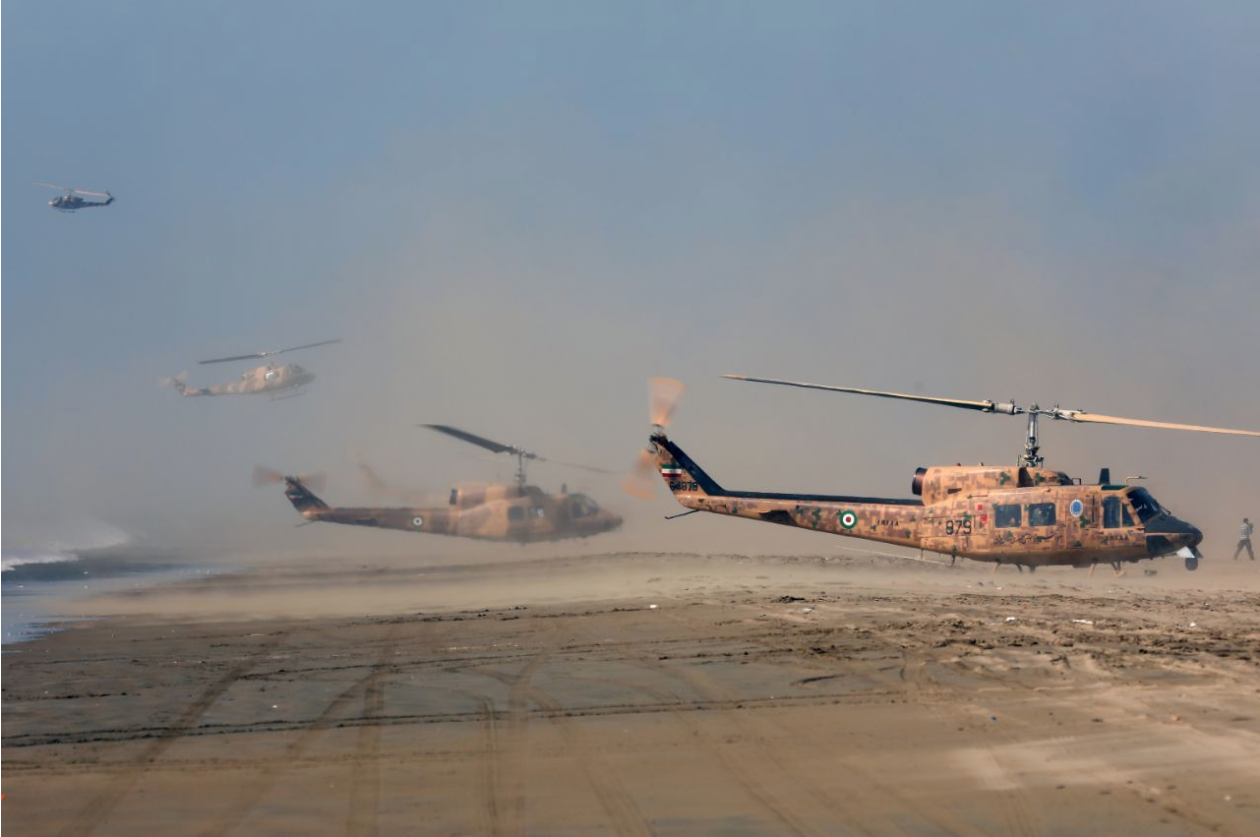
Bell went on to produce a commercial variant of the BH 214A, which it designated the Bell 214B BigLifter. This model received a FAA Type Certificate 27 January 1976. On 3 February 1976, a second model, the BH 214B-1, was also certified. The BH 214B-1 has a lower gross weight than the 214B, but the only actual difference between the two models is the aircraft data plate and the flight manual. This was done due to certification standards of various countries which would place the 214B in a “large helicopter” classification.
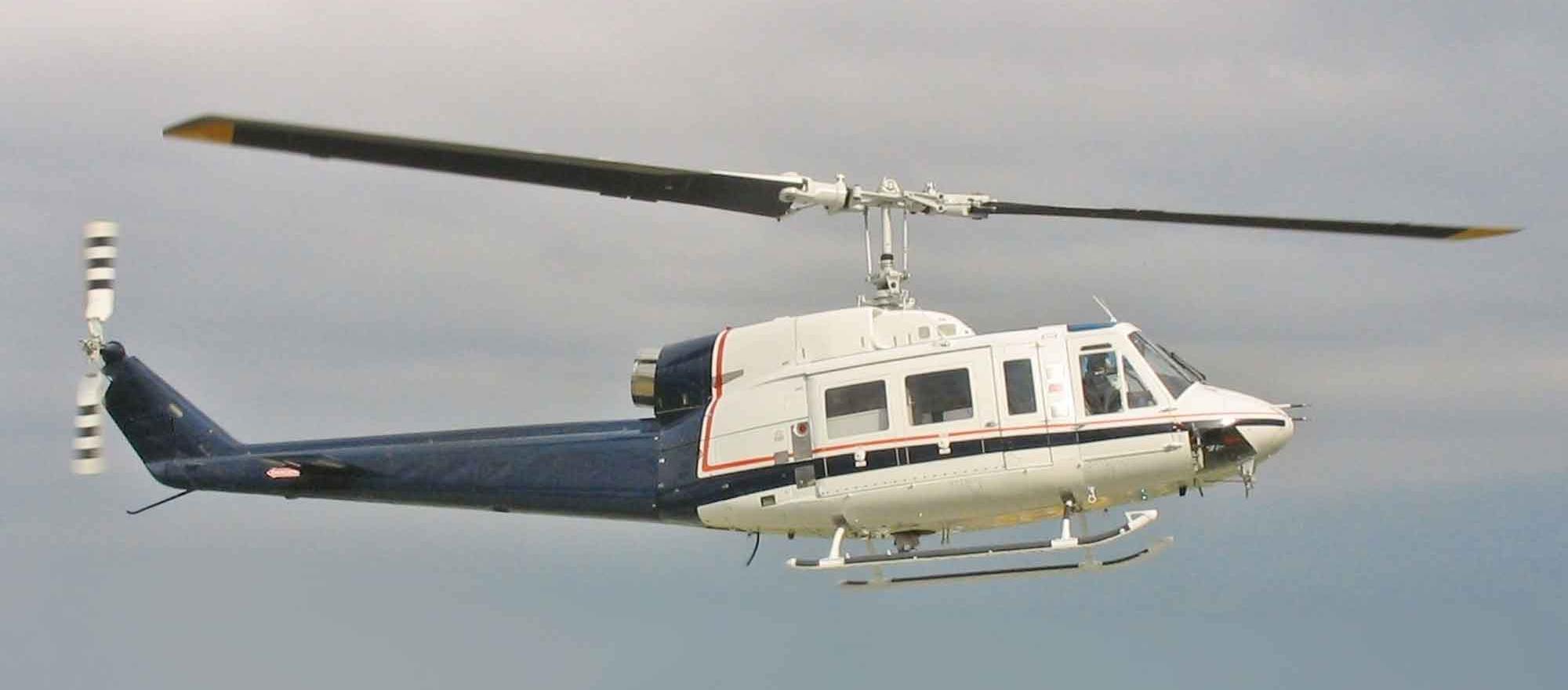
Another commercial BH214 variant was also produced, the 214ST. Initially called the “Stretched Twin,” this helicopter featured two turboshaft engines, a 30-inch ( meters) increase in length, and a larger diameter main rotor system. Marketed as the 214ST SuperTransport, this helicopter could be ordered with either fixed skids or fixed tricycle landing gear. A total of just 96 were built, with 48 for Iran. The others were for commercial customers, or the militaries of several countries.
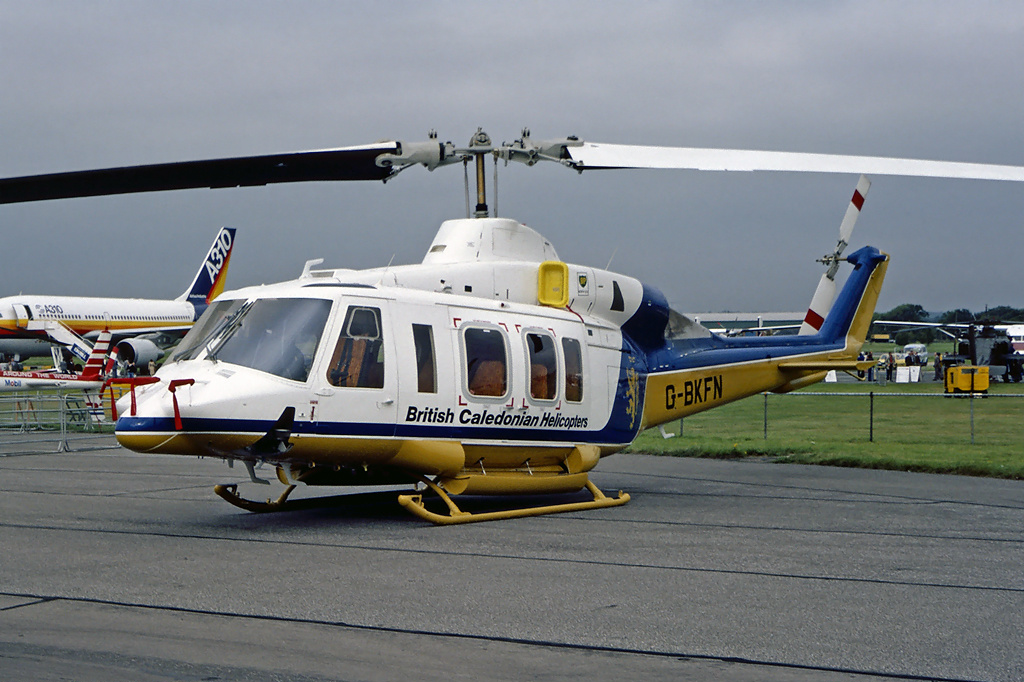
¹ FAI Record File Number 1850
² FAI Record File Number 1849
³ FAI Record File Number 1848
⁴ FAI Record File Number 1879
⁵ FAI Record File Number 9935
© 2024, Bryan R. Swopes
Hi Bryan, just an outstanding article! As you know the B214A/B is near and dear to my heart. The Bell engineers did this ‘Huey’ right with an incredible powerful engine and a simplified main rotor with 3’ blade chord! They also incorporated the SCAS (stability control augmentation system) same as used on the Cobra. I never heard any pilot complain about flying this amazing machine.
As mechanics we couldn’t ask for a better bird to work on.
The photos bring back many memories.
Thank you, Chris. I’ll never forget the first one that I saw. Just awesome! I wish that I had been able to get some of the technical details and specifications from Bell.